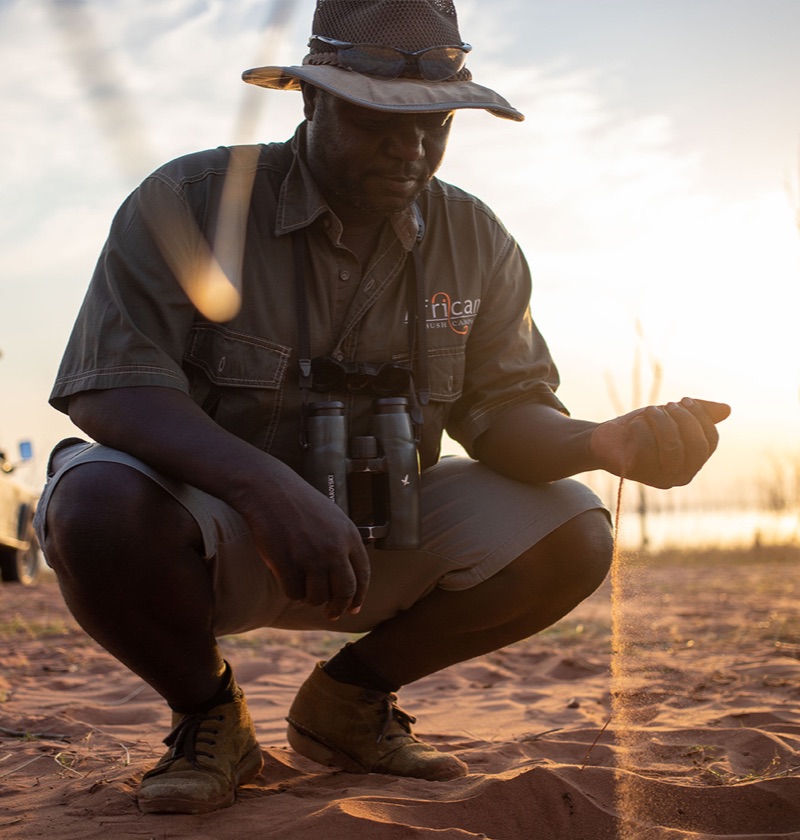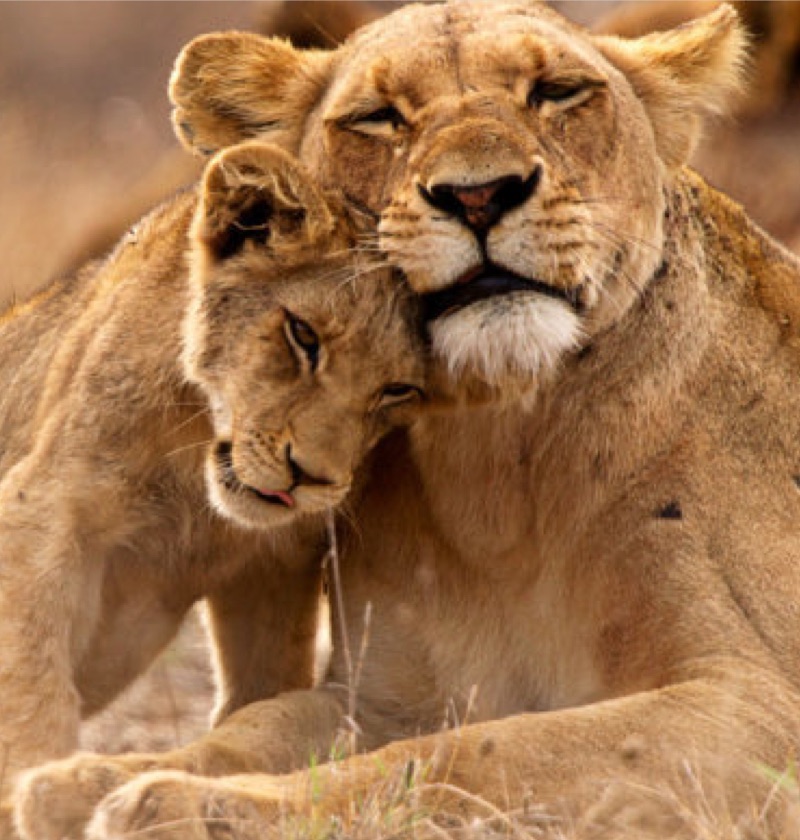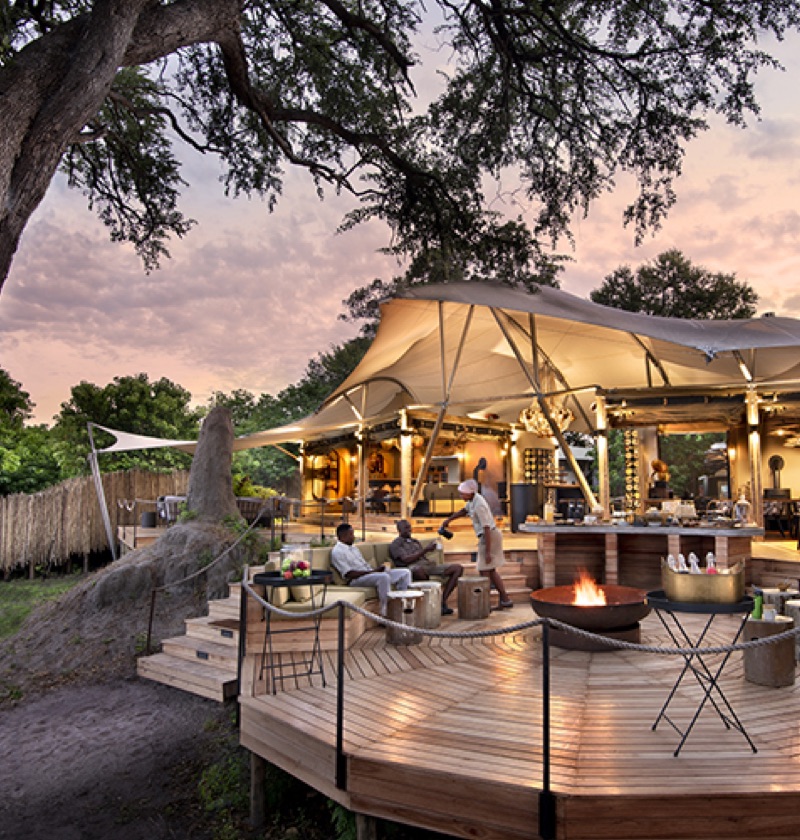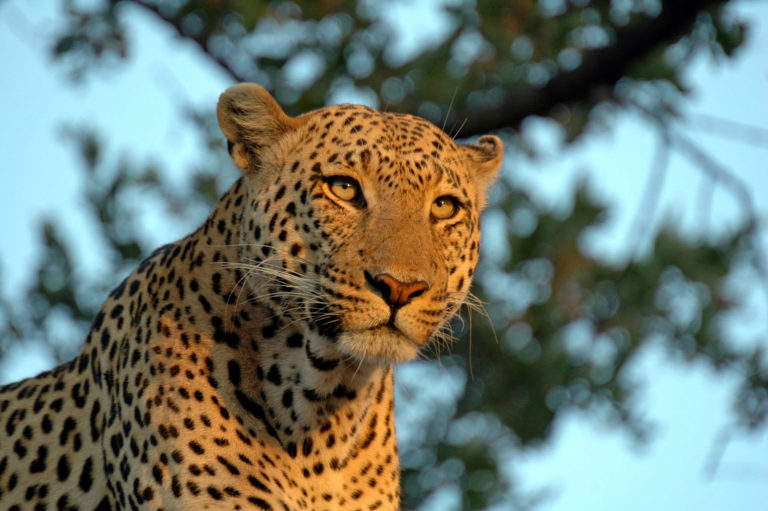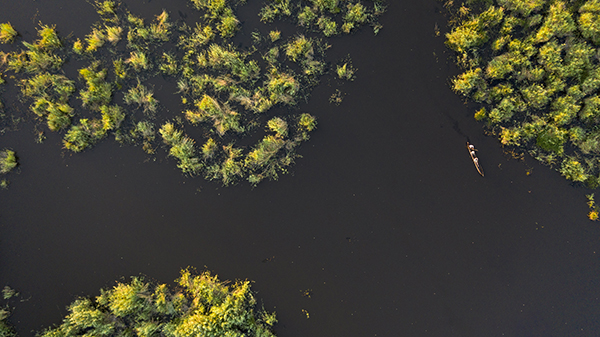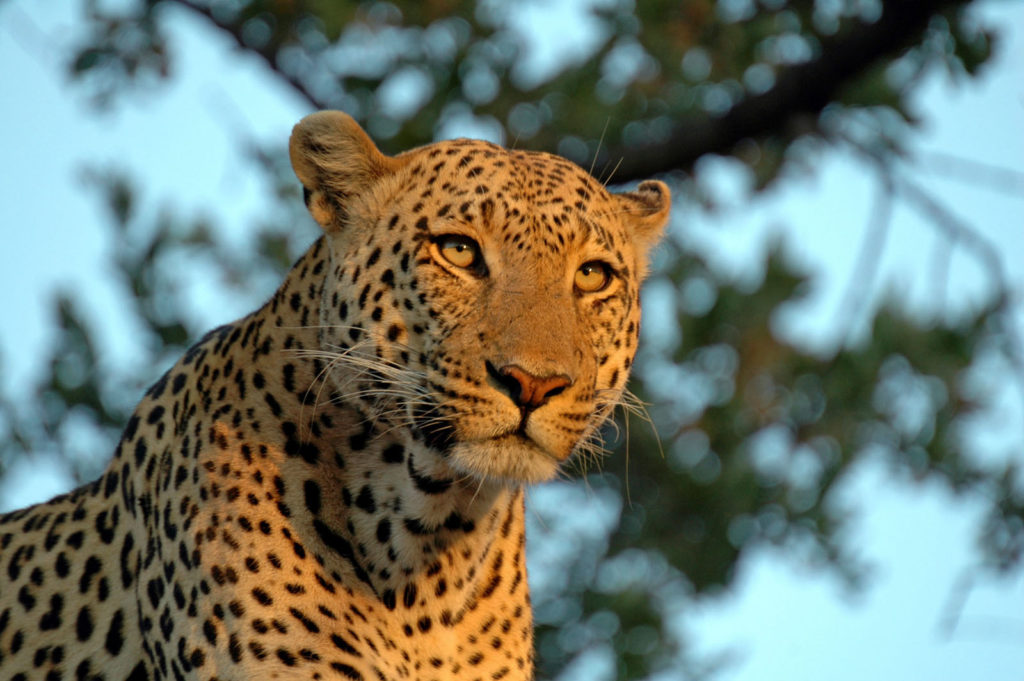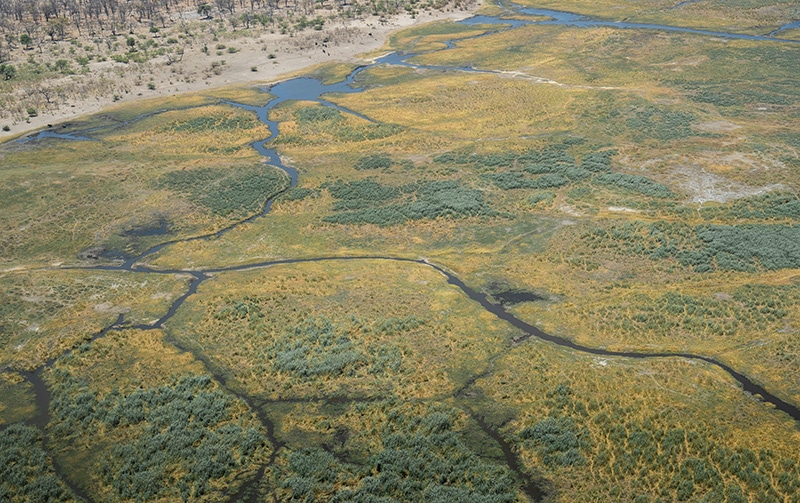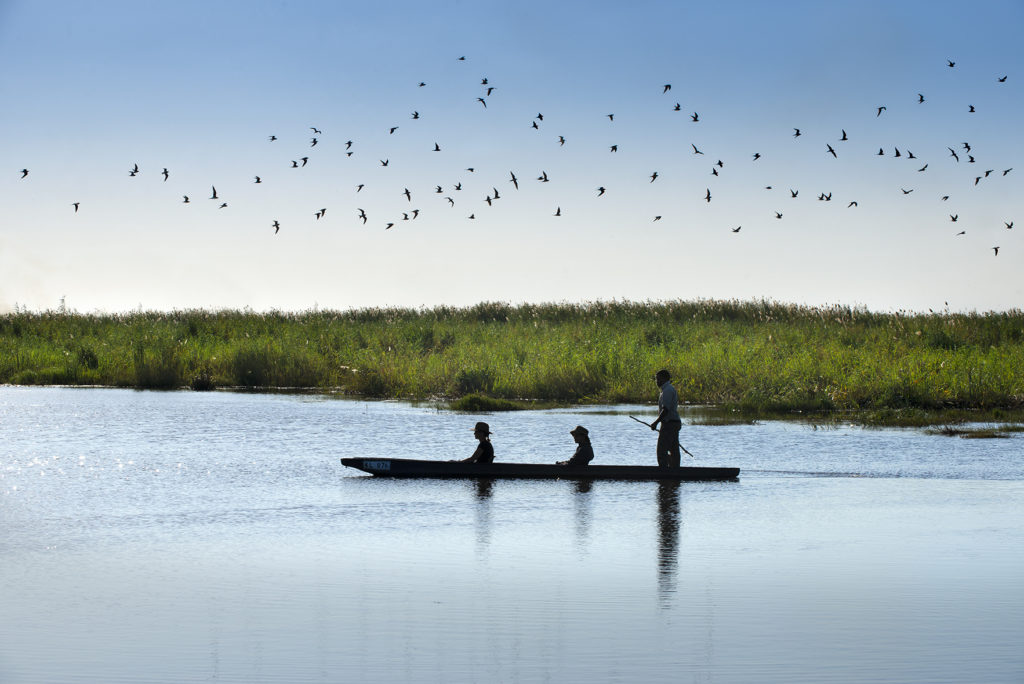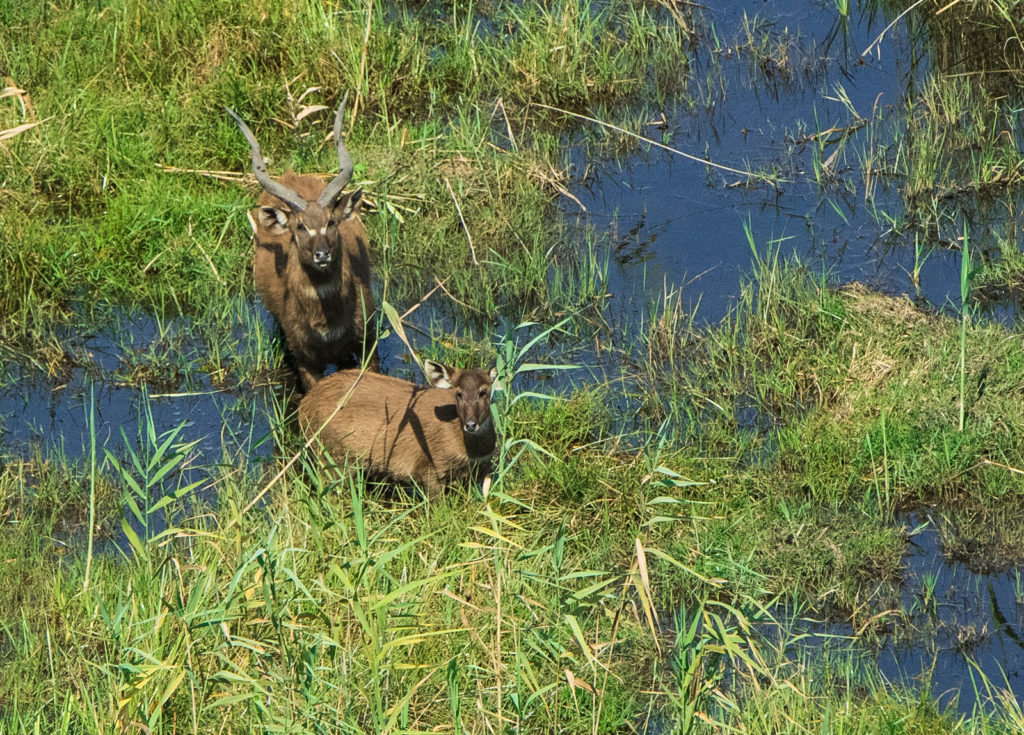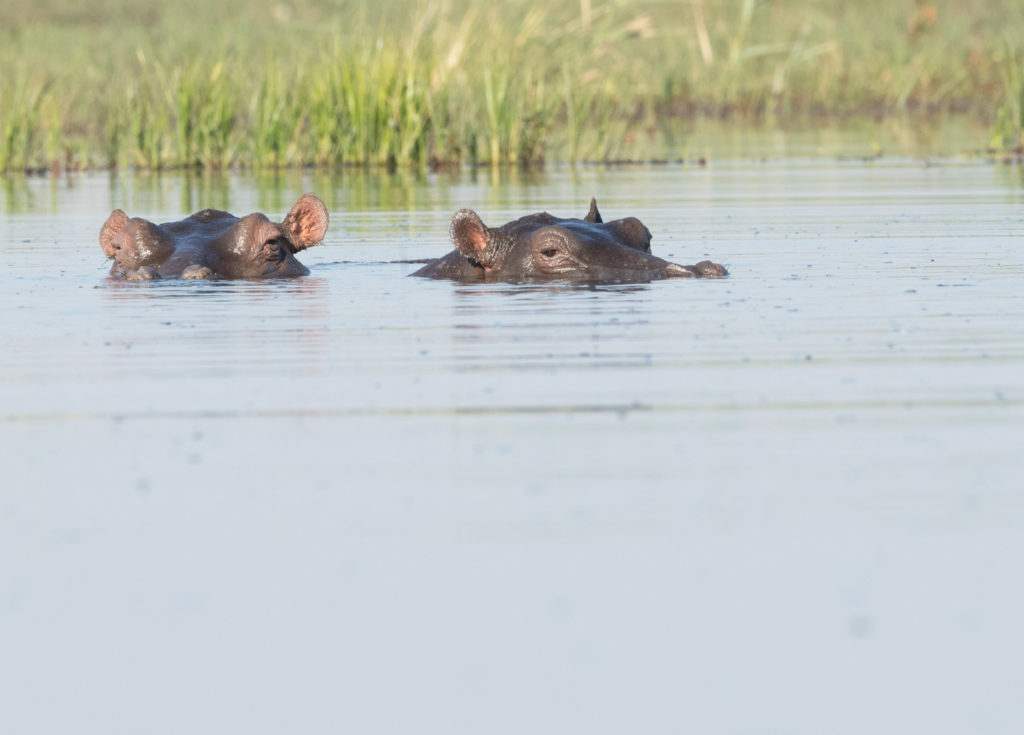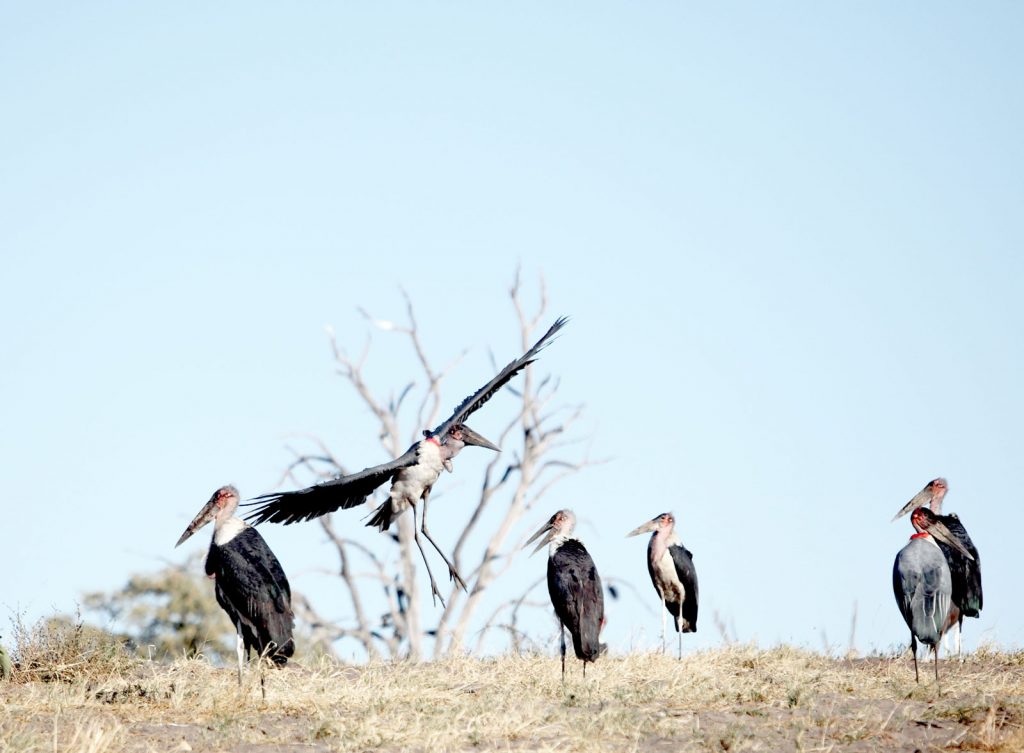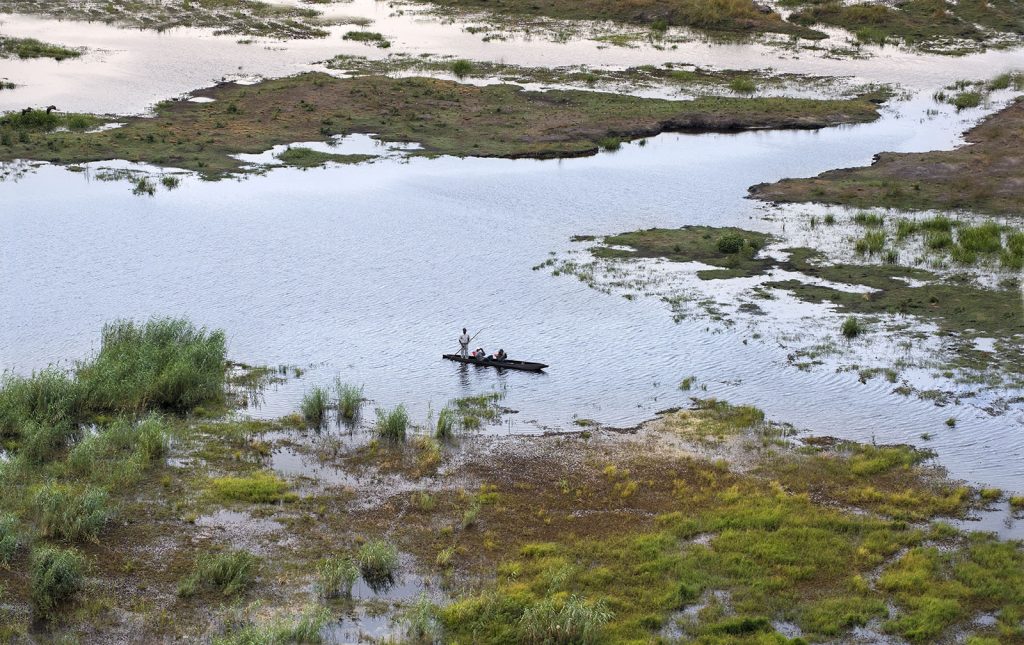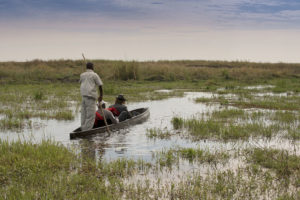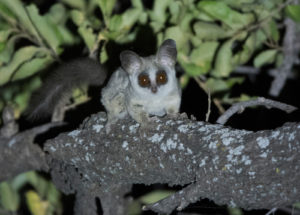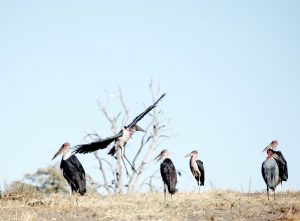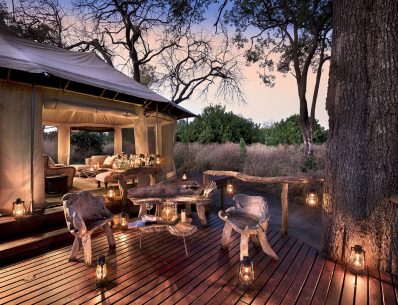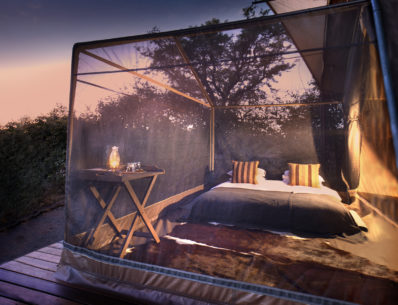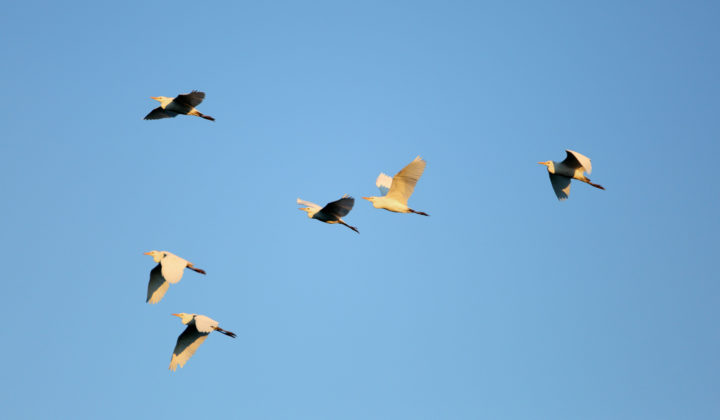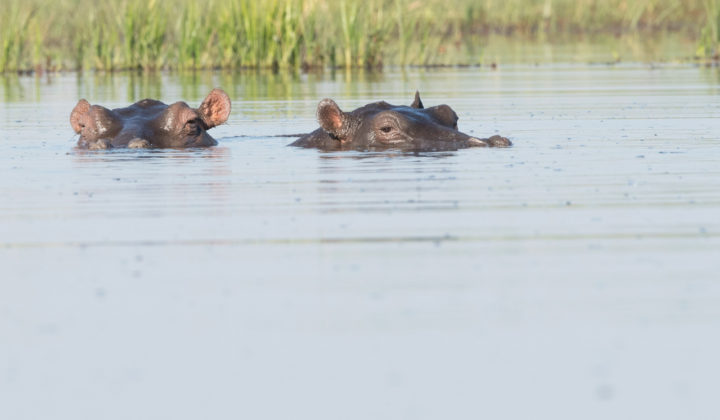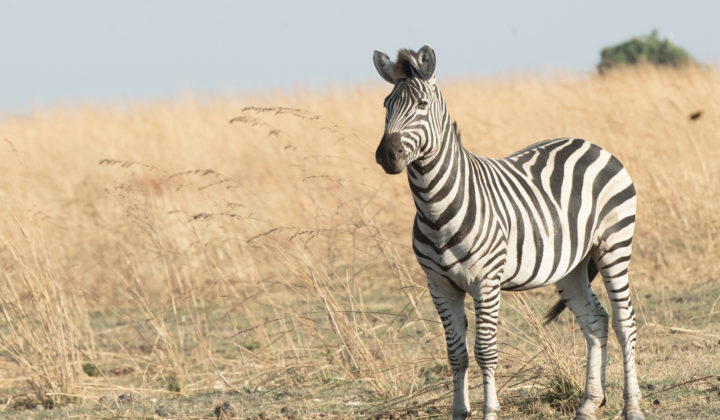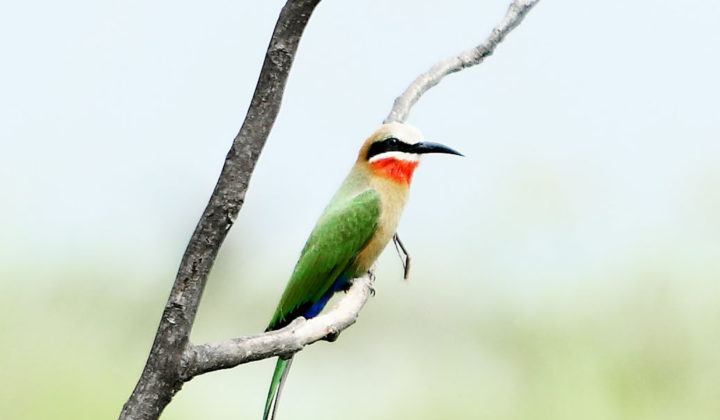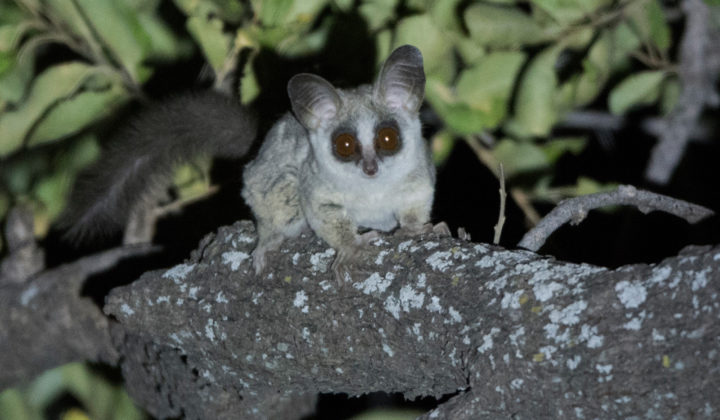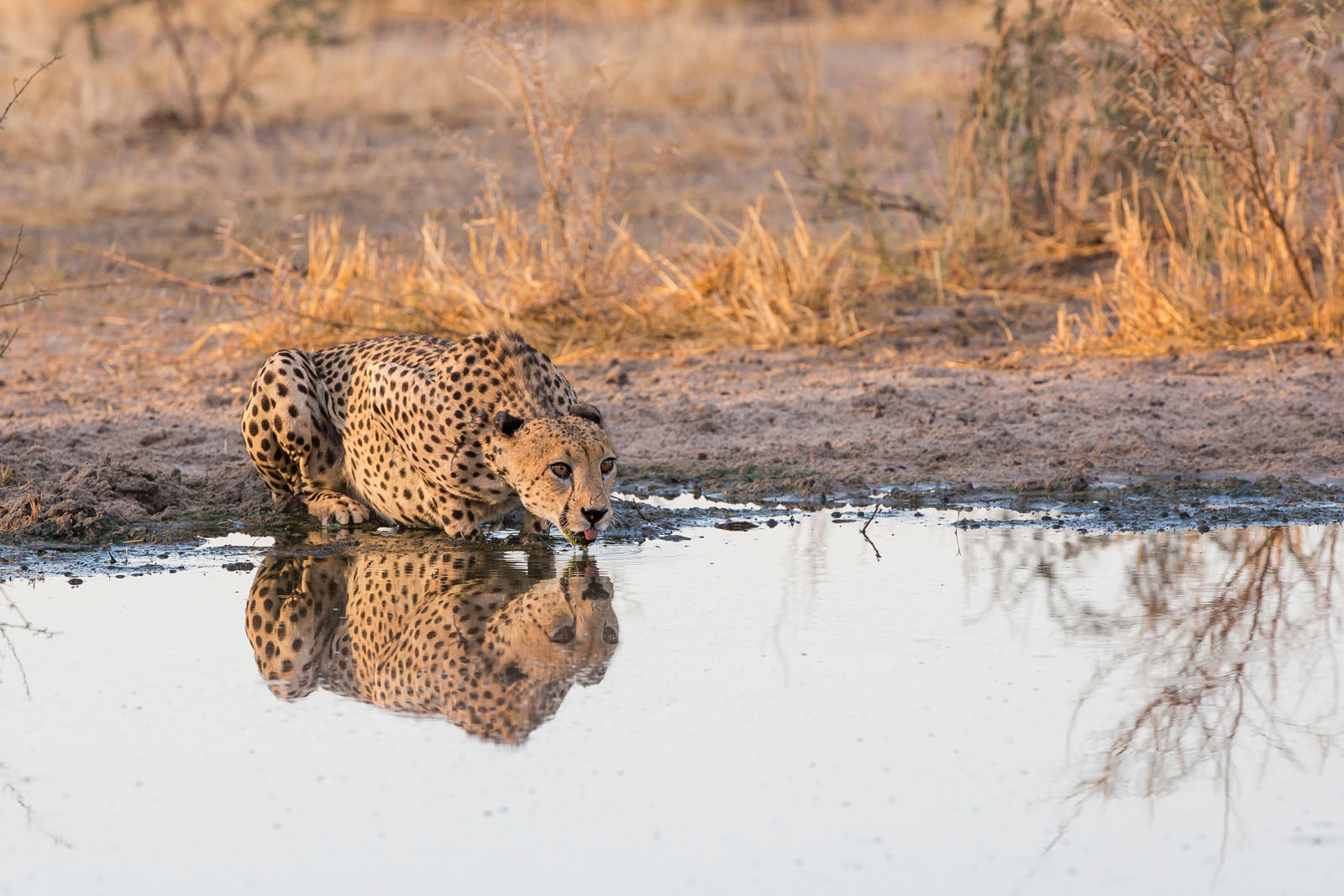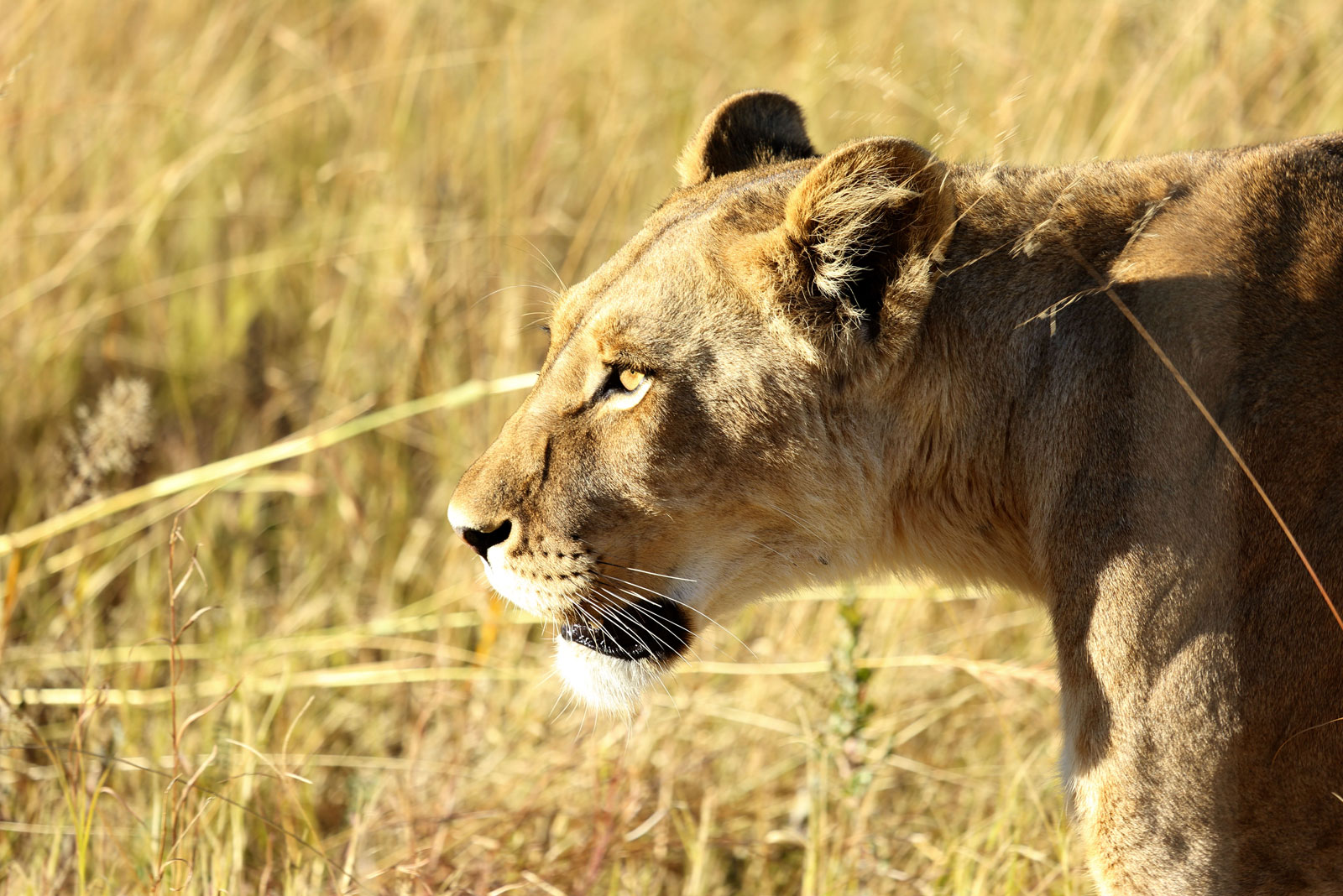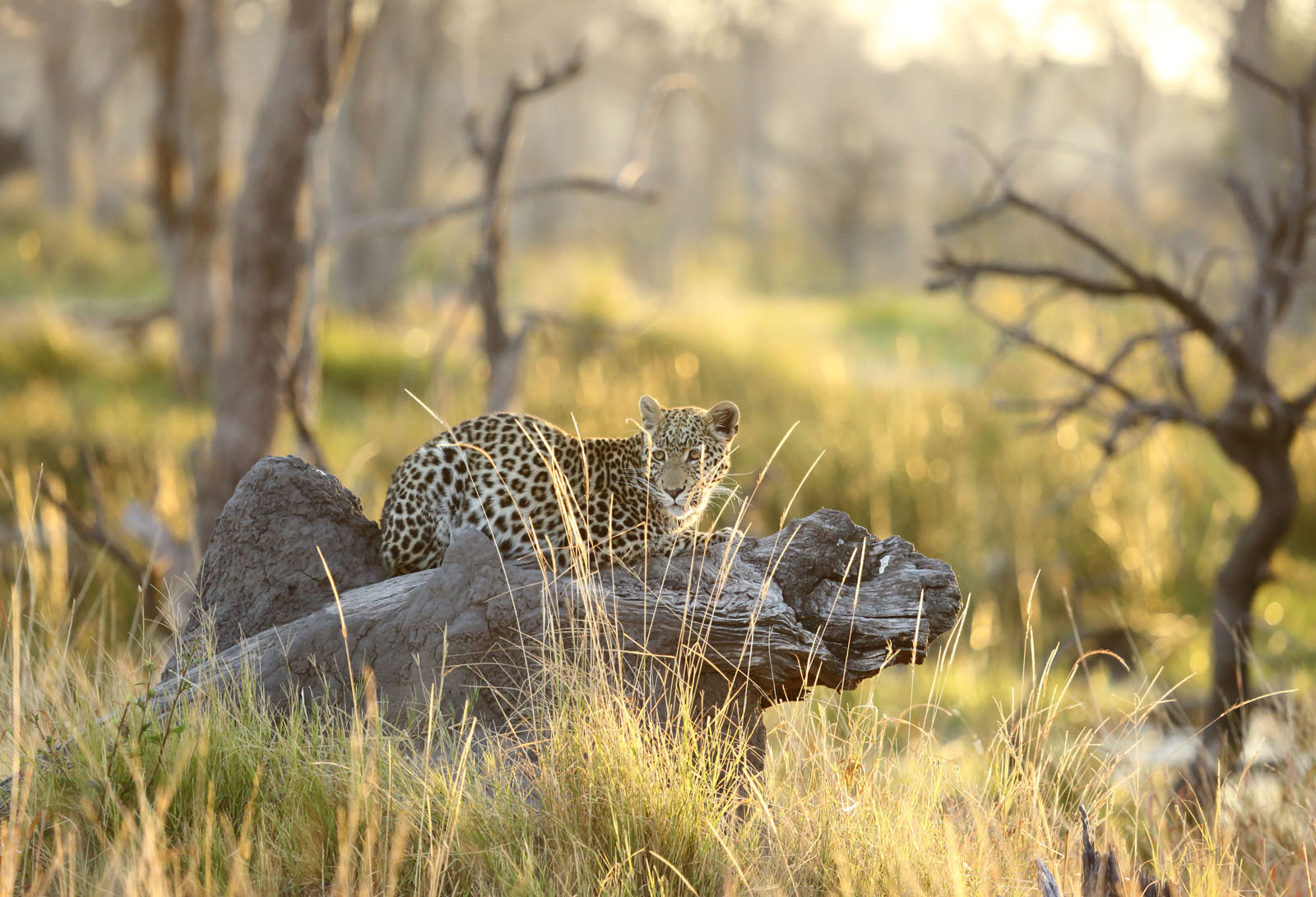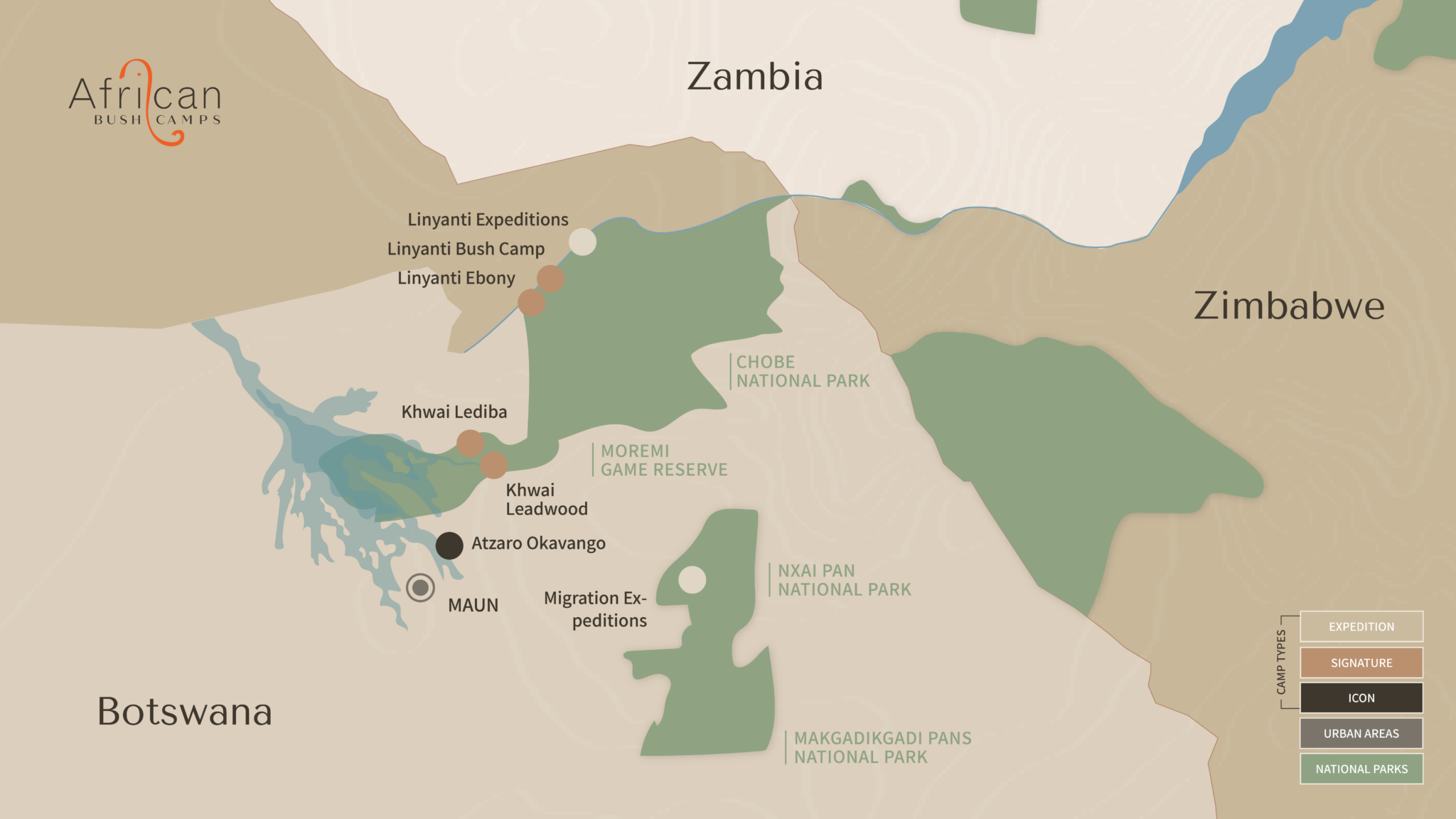A Remote and Undisturbed Safari Experience
On the southern banks of the Linyanti River, forming a natural border between Nambia and Botswana, is the Linyanti Wildlife Reserve. This private concession boasts splendid scenery of untouched grasslands, riverine forest and meandering lagoons. In comparison to its neighbors in the East, Chobe National Park and the Okavango Delta in the South, Linyanti remains wonderfully underused with a high concentration of game. Due to its remote location each corner of this 1,250 sq km protected sanctuary is bursting with game which is simply mesmerising in both the wet and dry seasons. Avid bird enthusiasts will be in awe as thousands of exotic birds migrate to this region during the green season. Carmine bee-eaters can often be seen nesting on the banks of the Linyanti river.


